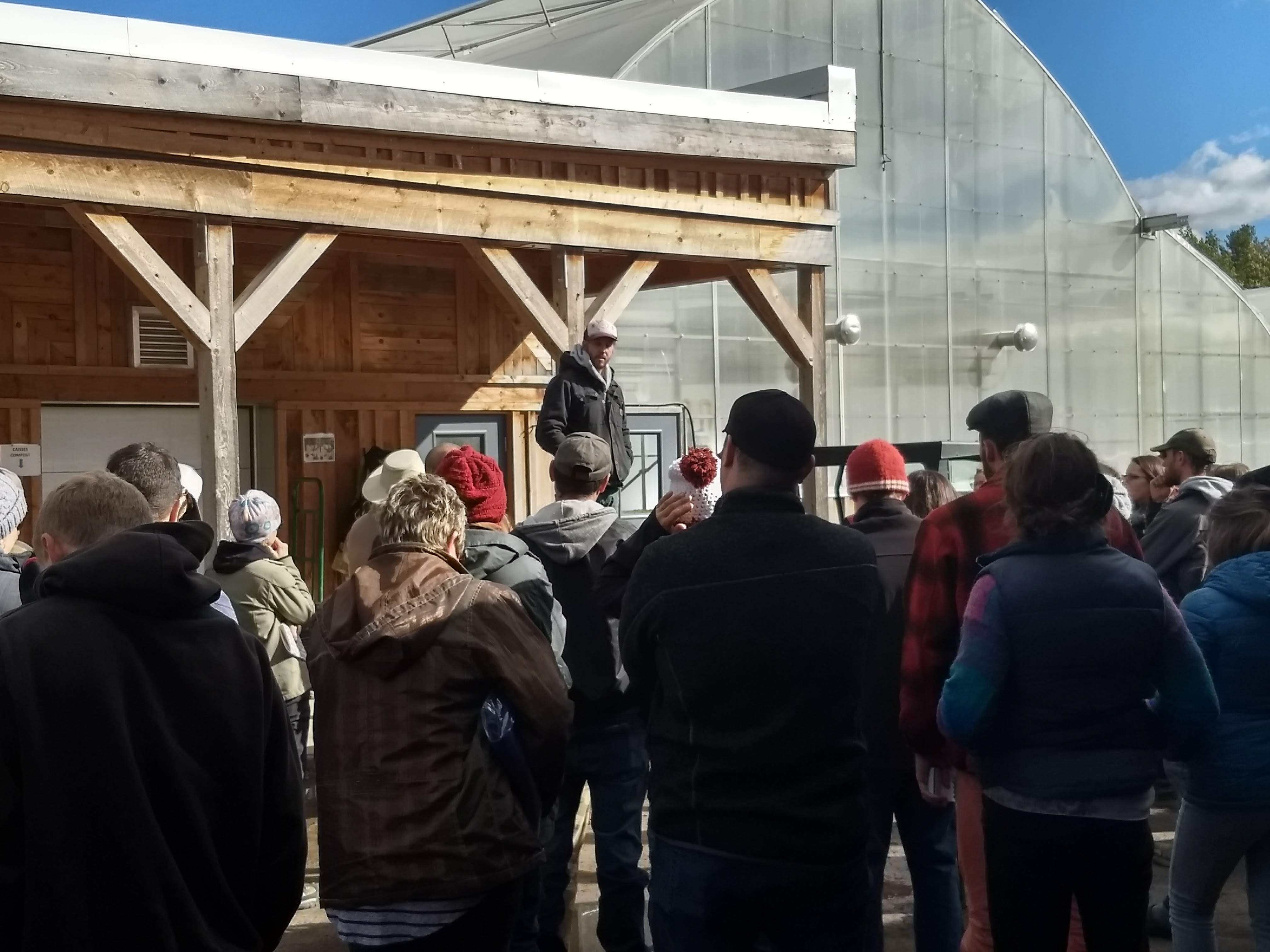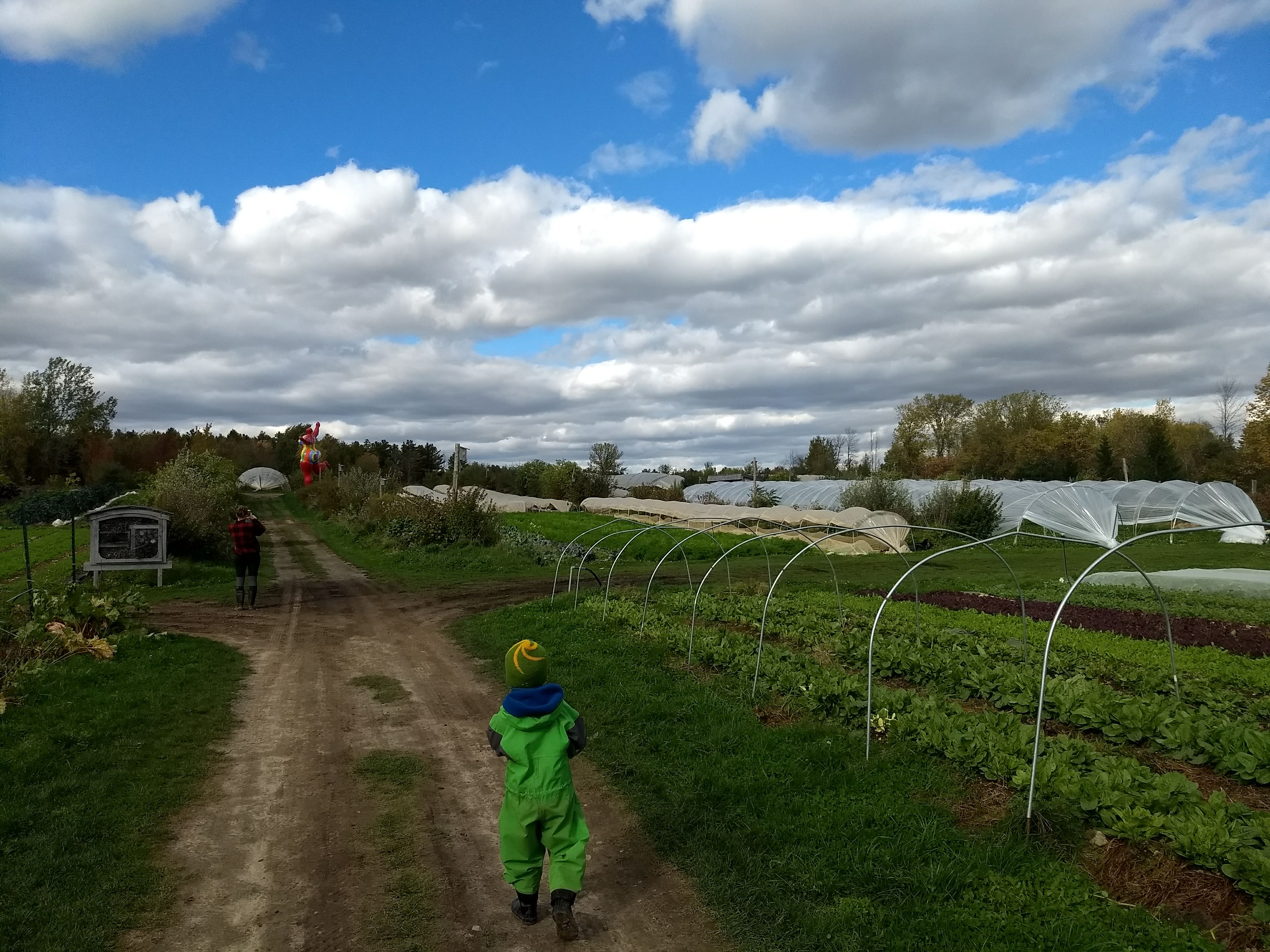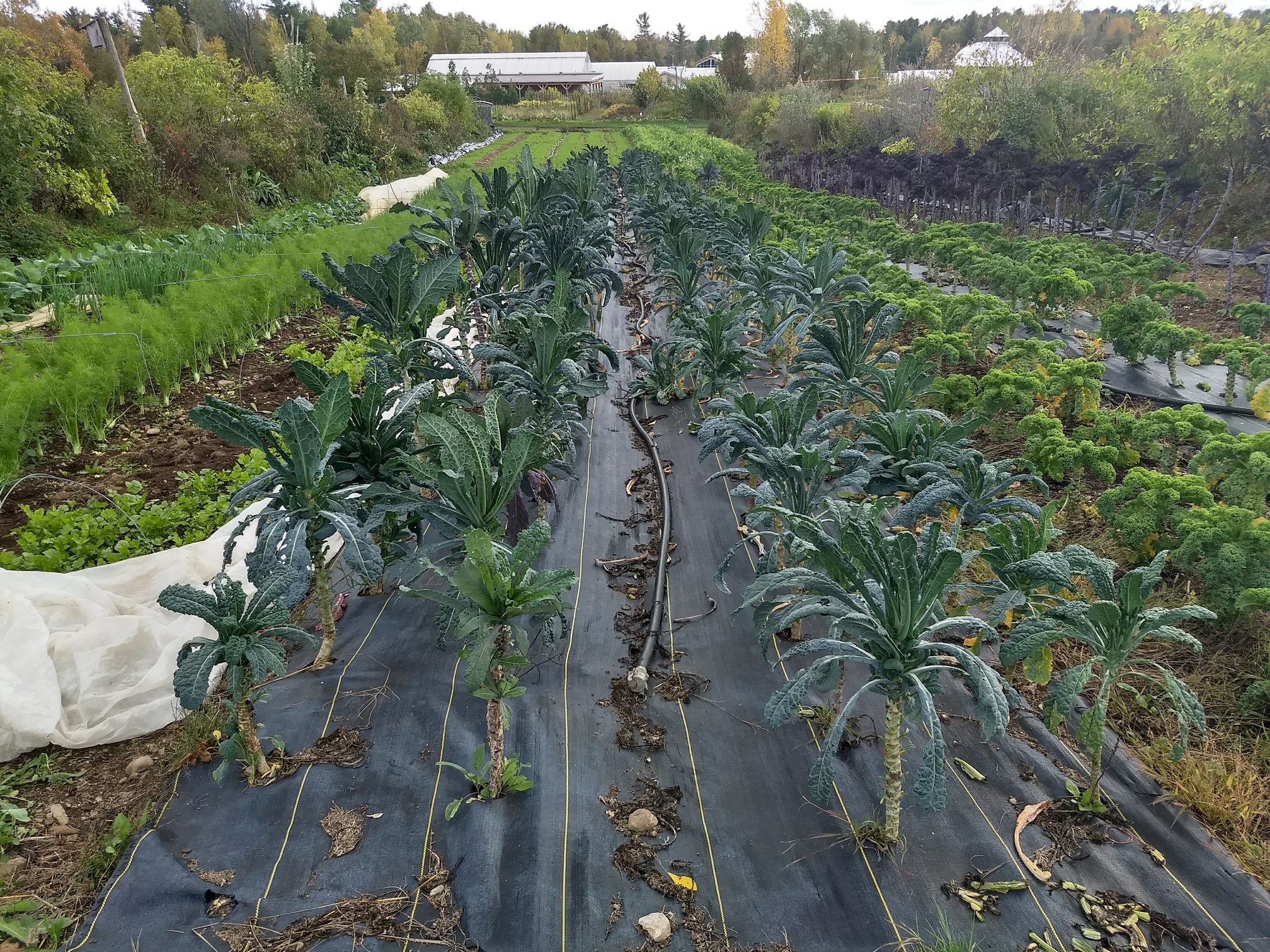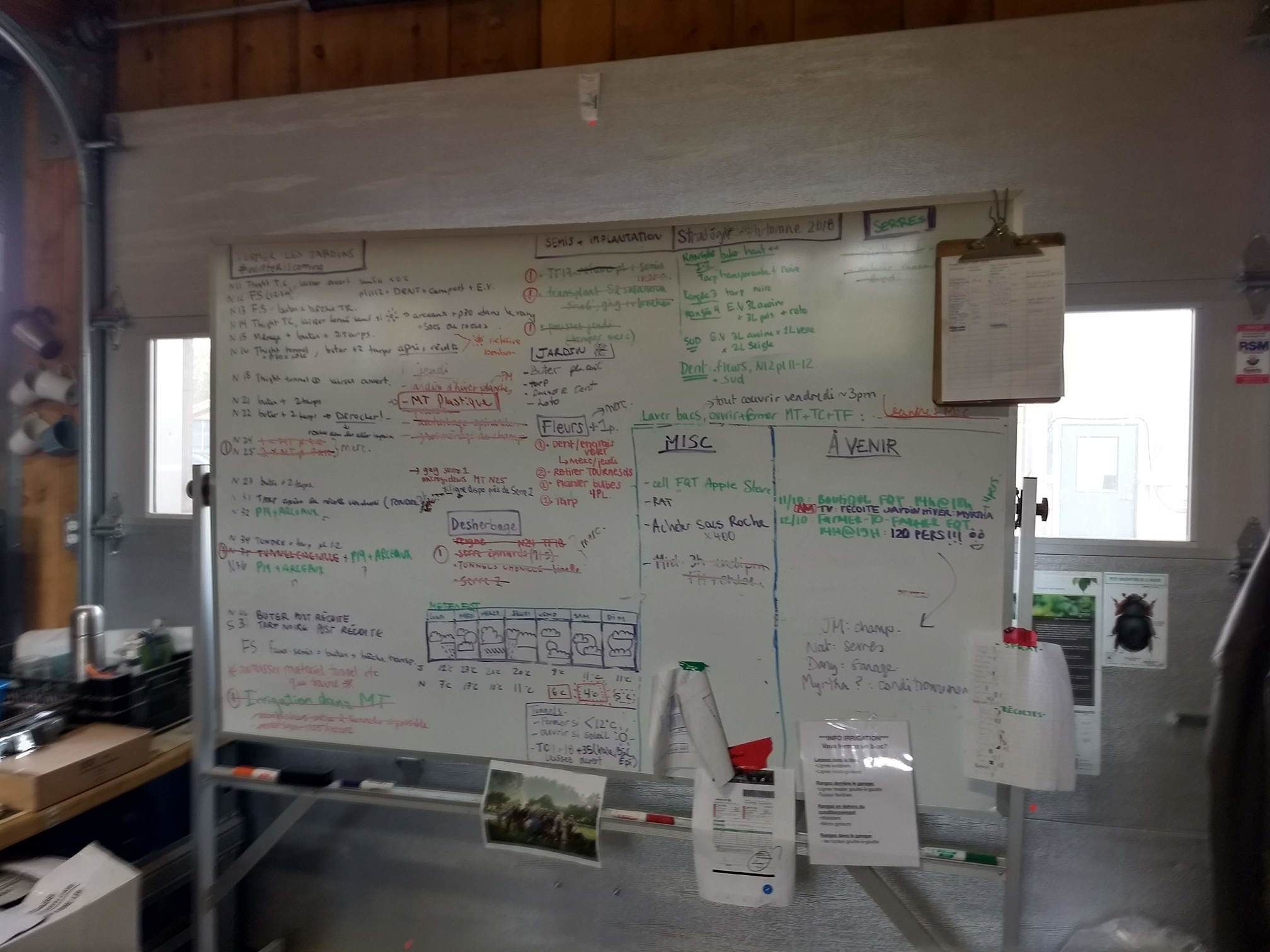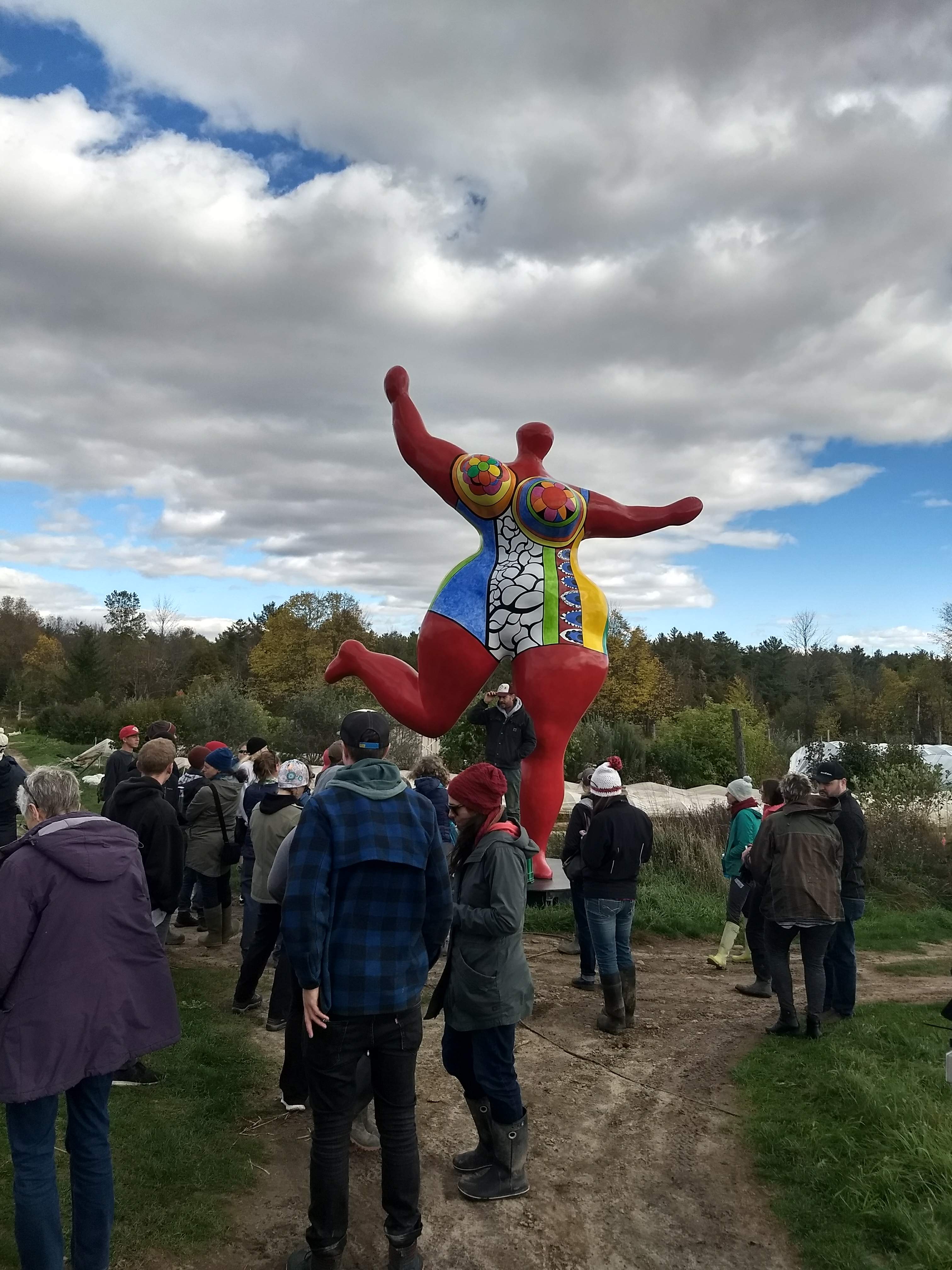Let’s face it. We all have a finite amount of time and energy here in the physical reality and not all actions we do are created equal in terms of the wellness they produce in us.
This is where pillar 3 comes in!
When planning out how to use your time and energy (including the energy of money), start by dedicating the necessary time and energy to that which is most meaningful or important to you.
We often have the tendency to leave the most important for last. I’m as guilty as the next person in this.
- ‘I’ll do yoga/play music/read/etc at the end of the workday if I have time.’
- ‘I’ll spend time with my kids on the weekend.’
- ‘I’ll pay myself with whatever money is left once the expenses are paid.’
- ‘I’ll learn to do that when I retire.’
- ‘I’ll fill out the field records later’.
I would like to share two simple concepts that have shifted the way I see things.
The Pareto Principle (also called the 80/20 principle):
80% of our outcomes result from just 20% of our actions.
As in:
- 80% of your profit comes from 20% of your crops;
- 20% of your customers cause 80% of your pain in the ass;
- 20% of your actions result in 80% of your experience of joy and happiness.
Now, I don’t necessarily think of this in terms of precise numerical values. The point is that by focusing on a limited number of high-yield actions can we can maximize desired outcomes.
Parkinson’s Law
Tasks expand or contract depending on the time and resources we attribute to them.
- To visualize this, imagine a university student who is able to write a term paper in 24 hours despite having 6 weeks to total to do so.
- Market harvest can take all day but it can also be done by 3pm or by noon.
- You can take hours to answer emails, or you can bang it out in an hour.
- A financial plan can be adjusted to accommodate the profit you would love to earn if you start your budgeting process by declaring the profit you want.
Of course, there are limits within physical reality about how far we can push this. I invite you to try it out and test those limits. You may be pleasantly surprised with the results.
When we apply the Pareto Principle and Parkinson’s Law to how we choose to spend our time in a typical day at work, we see that:
- Certain actions contribute much more to our desired lifestyle than others;
- We can dedicate resources to these important actions;
- Human ingenuity and the elasticity of tasks make it that we still are able to complete the rest of the necessary by less joy generating tasks.
Two books that have greatly shaped the way I think about these principles are ‘The Personal MBA‘ and .’The 4-Hour Work Week‘. Definitely good additions to your winter reading list!
Alright! Your turn now:
- What 20% of tasks on the farm contribute to the majority of the benefits in terms of your experience of joy, profitability, and happiness?
- What 20% tasks contribute to 80% of your headaches and heartaches?
- Given what you have just seen, what aspects of your farm are you willing to delegate, outsource, or simply stop completely?
- What are the 3 actions that you are willing to build into your plan as un-negotiable demonstrations of your intention to live a lifestyle you love on the farm?
**Please note that all amazon links here are ‘affiliate links’ meaning that I get between 4 and 10% of the sales depending on the type of product. Of course, this does not affect which products I list…. it’s just that if I’m going to put links anyways, I might as well generate some income while I’m at it!
